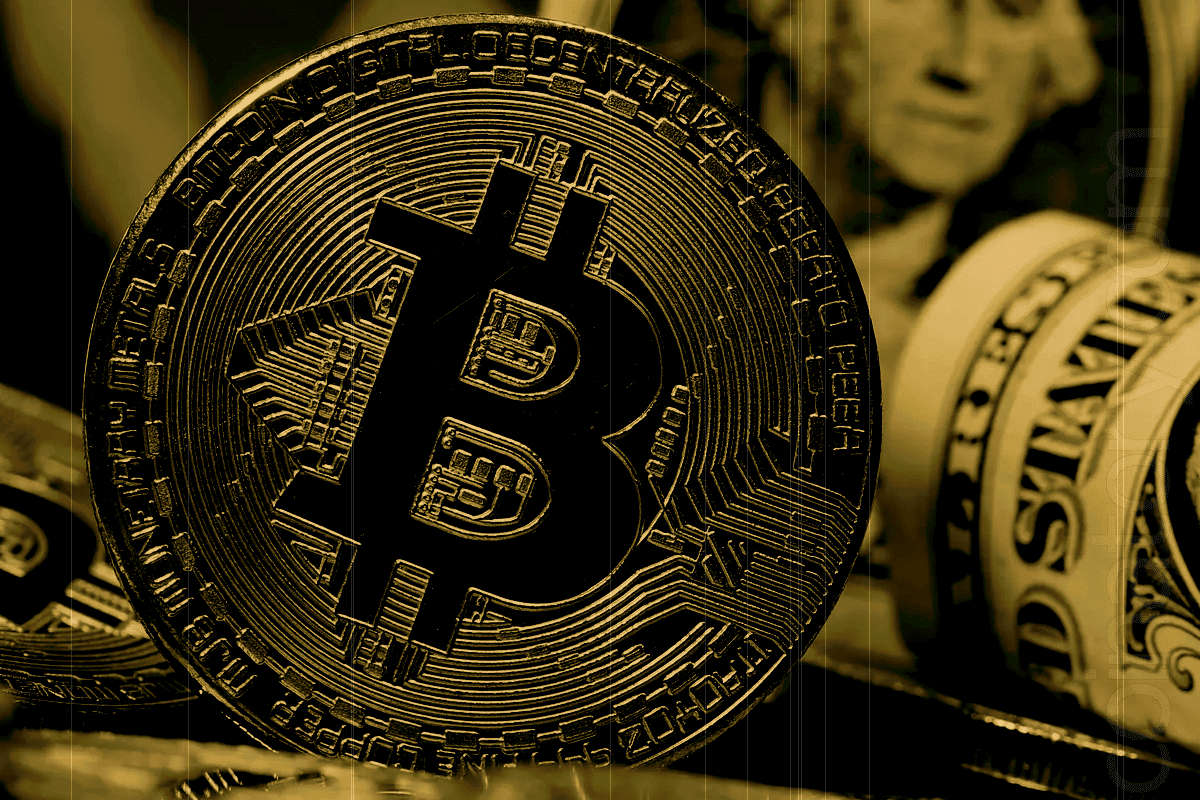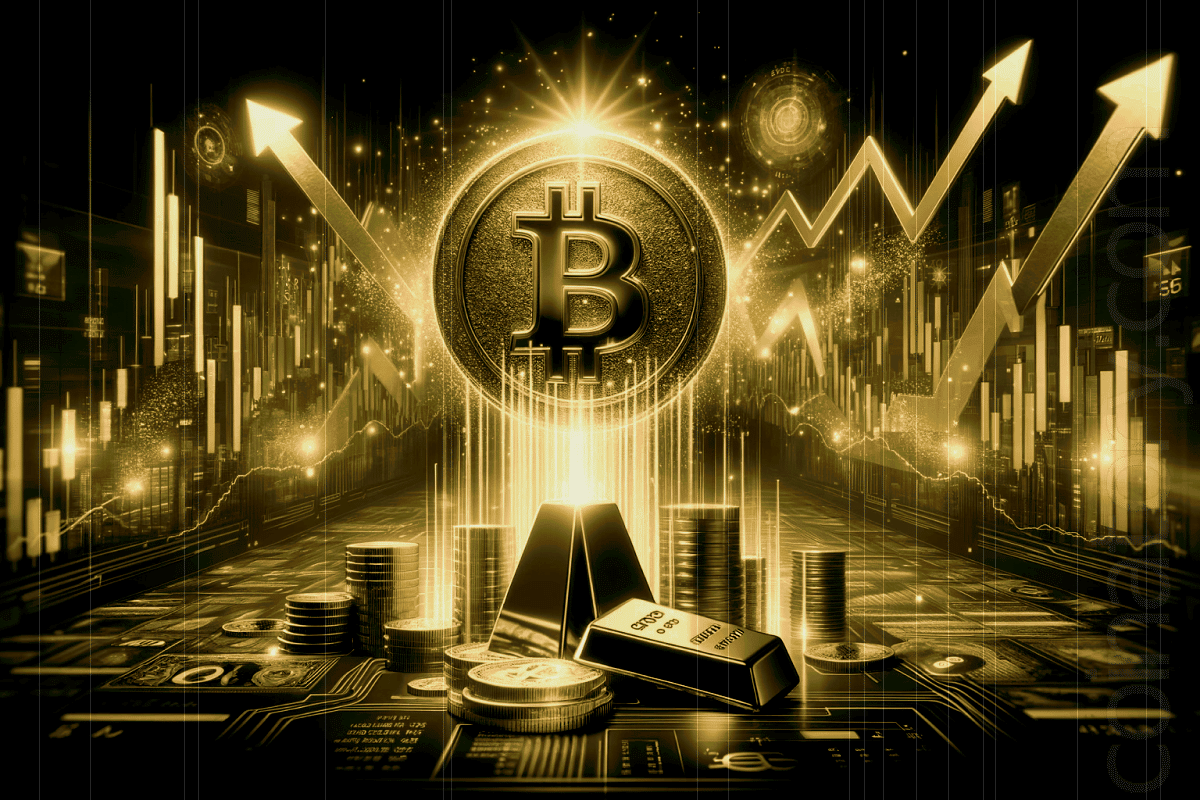
There are many blockchains existing today, and more will be created in future. However, many of these blockchains are unable to interact with each other, and this is limiting the potential of the blockchain space.
To solve this problem of blockchains not being able to communicate with each other, Blocknet emerged. Blocknet prides itself as the “Internet of Blockchains” as it aims to provide a unified standard network to connect all of the various cryptocurrencies and their technology.
Origin of Blocknet
Blocknet was first conceived by Dan Metcalf in the year 2014, a developer at Xcurrency. His major work was to develop the Xcurrency user base and also enhance the state of cryptocurrency space in general. In the course of his research, he discovered that he could actually achieve both objectives by making all necessary improvement on a particular coin, and then making it accessible to other digital tokens.
There is no central currency for Blocknet. However, the Blocknet platform has a digital token called BLOCK currency. This token is used to pay for services on the platform. Users who plan to become part of the Block network need to have a certain amount of Block to be able to run their app on the Blocknet platform.
How does Blocknet work?
Blocknet has positioned itself as the solution that links all existing blockchains by acting as a parent chain that connects other blockchains which they consider as sub-chains like Bitcoin, Ethereum, etc., to enable them to interact easily by sharing information with one another, utilizing the functions of other blockchains, etc.
For instance, the Blocknet platform enables users to develop on a particular blockchain, say Litecoin, and then to have access to the functions of other blockchains like Ethereum.
The Blocknet simplifies the development of applications and delivers updates that enable services to function should in case a single blockchain encounters a problem along the line. The Blocknet is distributed; its technology is coded into every Blocknet-compatible node.
The Blocknet Component
The XBridge: This is the primary component of the Blocknet platform. It aids in connecting nodes to different blockchains allowing them to interact with each other easily. This component does not only allow users to perform atomic swaps, but it also enables users to share information, and to execute smart contracts effectively across various chains.
Blocknet uses a protocol, the coin exchange protocol, to perform atomic cross-chain swap. With this protocol, the need for a third party in the course of exchange between coins will not be necessary.
The Xbridge provides the core foundational layer for the API to perform, while the API enables nodes to provide services and to be a part of the application platform.
Decentralized Exchange (DX)
Blocknet uses the XBridge peer-to-peer router technology which enables users to exchange assets and token, and to execute smart contracts between blockchains.
The Blocknet’s DX enables trading freedom for connected blockchains. The Blocknet’s DX has the following advantages:
Trading Freedom: Blocknet DX provides the freedom for two coins to trade directly. Trading can be done from any supported coin to any other supported token.
Peer-to-peer: DX has eliminated the problem of a user having to send his coin to a third party during a transaction. Users can now connect with one another directly.
Advantages of Blocknet
Blocknet offers lots of benefits to its users.
Transparency: The Blocknet platform records all exchange that has occurred on a block thereby making it easier for traceability if the need arises, making it easier for the public. Putting up transaction history in a block will help eradicate any form of criminality away from the system.
Efficiency: On the Blocknet platform, the need for a third party is not required through the aid of decentralized exchange (DX) This makes the transaction to be faster.
With the elimination of the third party, users won’t have to be skeptical about the authenticity of any intermediary.
Automation: Since Blocknet has a record of every transaction in their history, it has made it easier for funds to be verified by any party.
Where to buy Block Token
At the moment, 1 Block is sold for $23.47, and it sits on 116 with a market cap of $109.52M according to CoinMarketCap.
Block token does not support direct fiat currency for a Block. However, to get the token, you need to buy BTC or ETH from any exchange that accepts deposit from bank account like coinbase. After that, you need to transfer your newly purchased BTC or ETH to an exchange platform that supports the exchange of BTC or ETH for Block token. The following exchange platform offers such exchange:
- Bitrex
- Cryptopia
- Novaexchange
- Abucoins
How to Store Block
You can store your Block token using the official Blocknet wallet which you can download here.
Conclusion
Blocknet provides a platform where cryptocurrencies and their technology can connect and interact with each other. The Block network sees itself as the “Internet of the blockchain,” but this role is not an easy one to play. To achieve this goal, the team behind Blocknet will need to keep up with the latest innovations as it relates to the crypto space.







